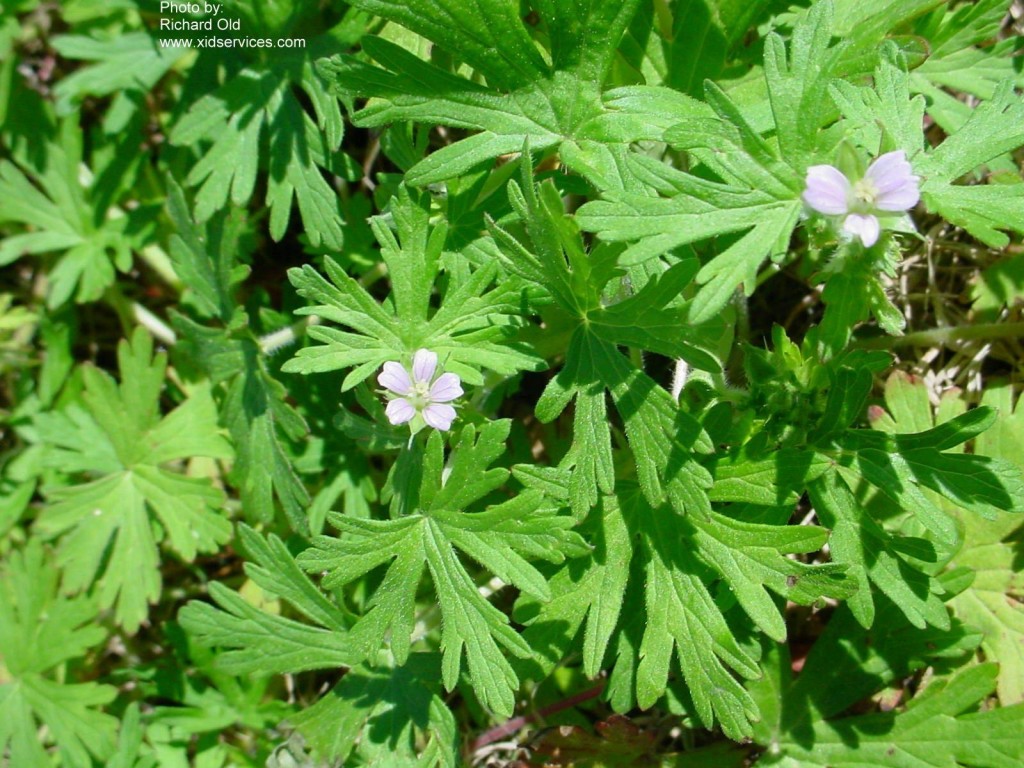Morning Glory – Bindweed
There are two plants that look very much alike, morning glory and bindweed. Bindweed, as the name implies, is a weed. Morning glory is considered by some to be a beautiful plant that is worth propagating. To others it is a weed to be gotten rid of.
Morning Glory
If the flower is a beautiful blue in the morning when it opens, turns purple in the middle of the day, and shrivels up and dies at the end of the day, it is definitely morning glory. This is an annual. In northern climates it is fairly easily controlled. It does produce a lot of seeds, so it can become a problem. Further south where you are less likely to get a freeze in the winter, it can become perennial instead of an annual and much more of a problem to control.
If the blooms are white or pinkish, it is possible that it is a variety of morning glory, but much more likely that it is bindweed.
To control morning glory, you need to control the seeds because they can be prolific. If you spread something to prevent germination, that should do the trick to a large extent. In the north, a cold winter should kill the seeds and you would need to reseed anyway. So Preen or corn gluten meal should stop the seeds from germinating.
You can also weed them if you get them early. They shouldn’t be too much trouble to pull out.
This is a different beast. It is more difficult to eradicate and should be attacked as soon as it appears. Although, the flowers are pretty, have a pleasant fragrance, and attract beneficial insects. On the otherhand there is a reason for its name and it can bind and overwhelm other plants.
Don’t bother trying to weed it out. It has deep roots and rhizomes which snake quite a distance underground. If you break off a root and any part of the root remains, it will grow back.
It has a white, sometimes pinkish flower. The leaves and flower look very much like a morning glory except for the color. (Some varieties of morning glory are white, but rarely.)
This is a plant that you definitely do not want going to seed. Even so, because the seeds can last 30 years in the soil, (tough little buggers) you absolutely want to use some form of chemical to prevent germination. As mentioned above, that may be Preen or something natural like corn gluten meal.
You can try Roundup or high strength vinegar solutions. But there is another solution which is effective but requires some persistence. You can starve it. Sounds odd, since you would think it could get nutrients from the ground. But, if you cut it off at ground level as soon as it comes up, and keep doing that each time it does it, it won’t be able to synthesize and will eventually die, essentially from starvation.…

